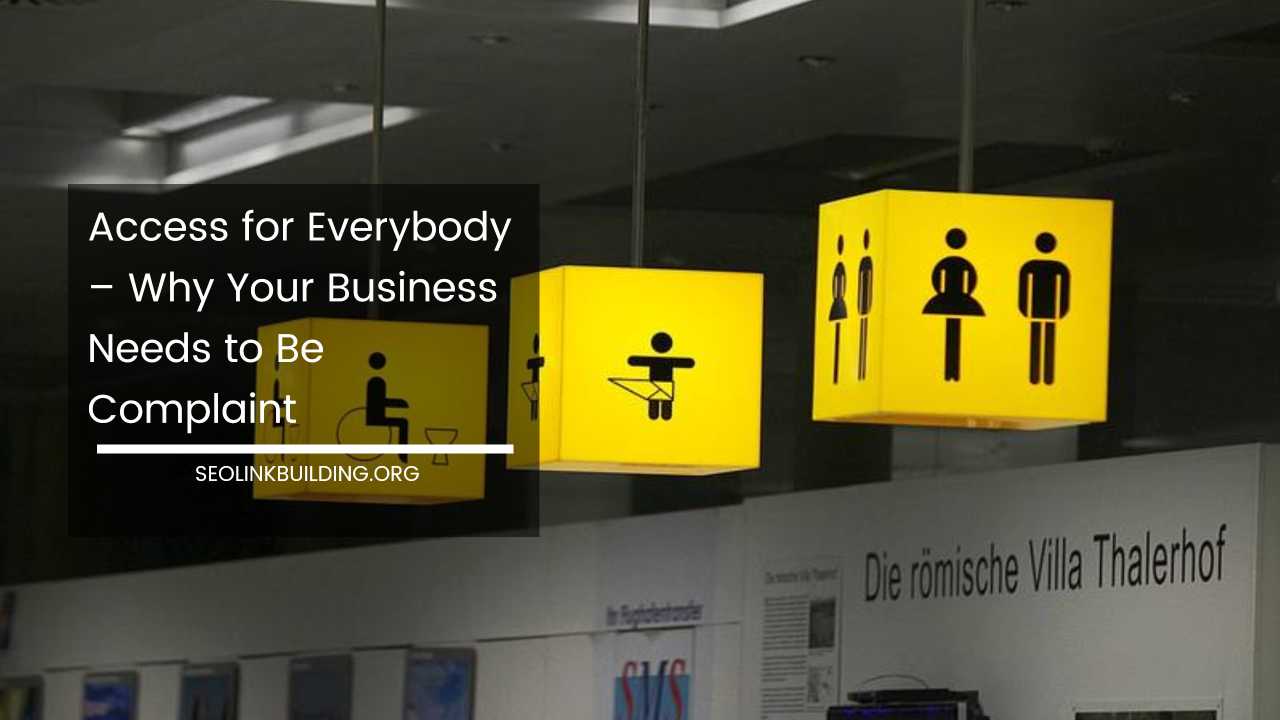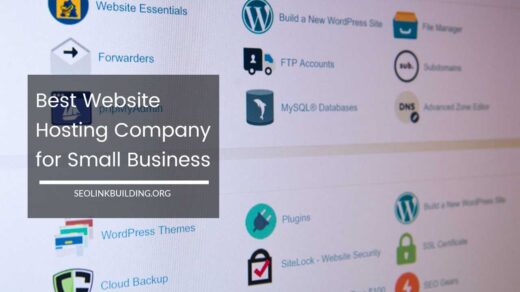Access for Everybody – Why Your Business Needs to Be Complaint

Store owners and local councils face a lot of challenges when it comes to providing easy access for people with disabilities.
Most modern offices and shopping centers have been designed with ease of access in mind, and feature automatic sliding doors or revolving doors that move automatically, as well as plenty of elevators and access ramps.
Older buildings, however, can be a nightmare to navigate even for able bodied people if they’re encumbered with shopping or pushing a pram, let alone people with serious mobility problems.
Disabled Toilets
While companies based in older buildings may not be able to add escalators or lifts easily, there are accessibility provisions that are much easier to make, but that are still lacking in many shopping centers, and poorly provisioned in many council buildings.
Disabled toilets are one such example.
Most disabled toilets are accessed using a special key called a “radar key”. These keys can be purchased via various disability charities, and also direct from local councils.
Unfortunately, not everyone that needs one of these keys is aware of how to obtain them.
This leads to difficult situations, were people that need to use those toilets are told to request a key from an office that could be quite a distance away.
If your property has a disabled toilet that requires a radar key, then it’s a good idea to keep one on the premises, so that people who don’t have a key on them can still use the facilities.
Remember, not all disabilities are easy to see at first glance, and there could be many reasons that someone who needs access doesn’t already have a key.
Accessibility Isn’t a One Off Concern
In many parts of the country, access to toilets is already fairly good, but old architecture and poorly maintained streets means that getting around town is difficult.
Many Civic Centers and community centers are designed around plazas with a lot of stairs.
There are wheelchair ramps to allow people to get access to the main building, but the ramp routes are longer than they need to be, and in the winter those ramps can get incredibly icy and slippy.
Automatic sliding doors are fairly common now, but that doesn’t mean that building owners can get complacent about accessibility.
The doors must be free of obstructions, and the carpets in front of the doors must be securely held down to ensure that people can get in and out of the building safely.
Another common issue is maintenance.
If a lift is out of order, building owners should provide clear signposts to the nearest working lift, or instructions that explain how to contact someone that can provide assistance with using the escalators.
If revolving doors are broken, then a side door should be made available to ensure that people can access the building easily.
Breakdowns do happen; the important thing is to ensure that when they occur people that need assistance are given it in a timely manner, and not made to feel like they are making unreasonable requests.













